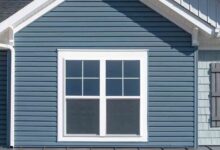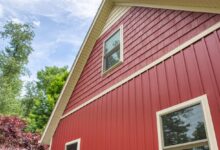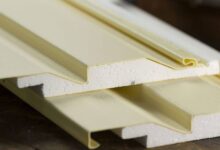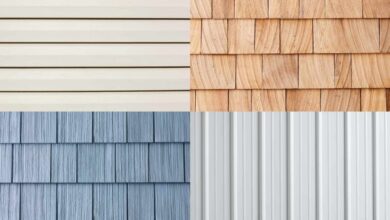Aluminum Siding Maintenance Tips
Aluminum siding is one of the most popular materials for home exteriors due to its affordability, aesthetic appeal, and remarkable durability. It is well-known for being weather-resistant and low-maintenance. However, like all materials, it requires regular upkeep to maintain its appearance and performance. Proper aluminum siding maintenance ensures that your home remains protected from the elements while also preserving its visual appeal and structural integrity. This guide covers everything you need to know about maintaining your aluminum siding, including practical cleaning tips, rust prevention methods, and product recommendations.
Why Aluminum Siding Requires Maintenance
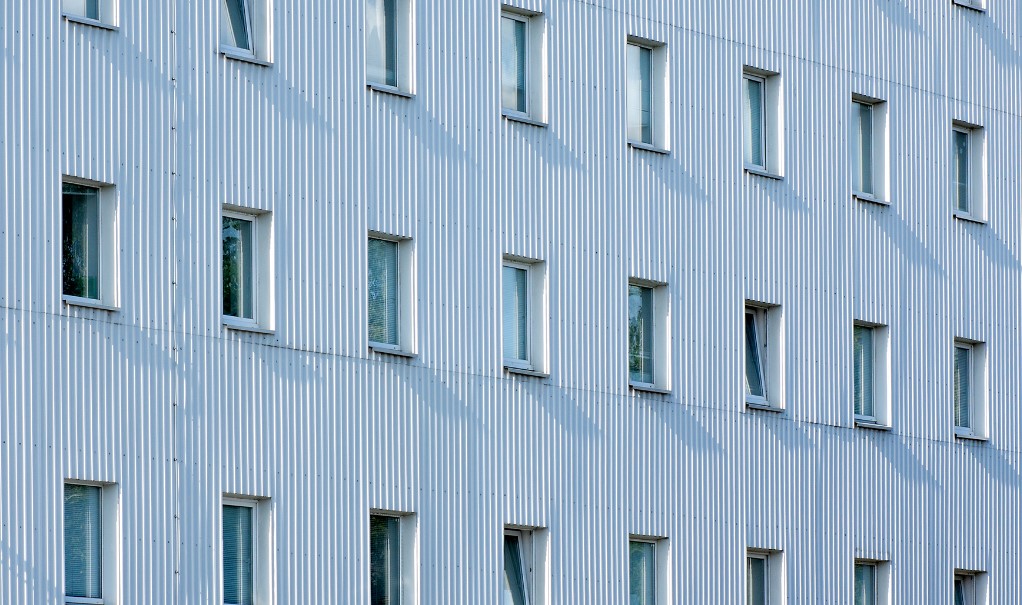
Aluminum siding is inherently resistant to some of the most common issues that affect other materials, such as rot and fading. It can withstand harsh weather conditions, including high winds, rain, and even snow. However, over time, external factors like dirt, mold, pollutants, and moisture can degrade the surface of your siding, impacting its performance and aesthetic appeal. While aluminum is more resistant to rust compared to iron or steel, it can still corrode, particularly if not properly maintained.
Neglecting maintenance can lead to small issues becoming bigger, more expensive problems—such as oxidation, oxidation staining, fading, or the formation of rust and dents. With regular care, you can keep these problems at bay and extend the life of your siding, ultimately saving on repair or replacement costs in the long run.
Regular Cleaning and Inspection
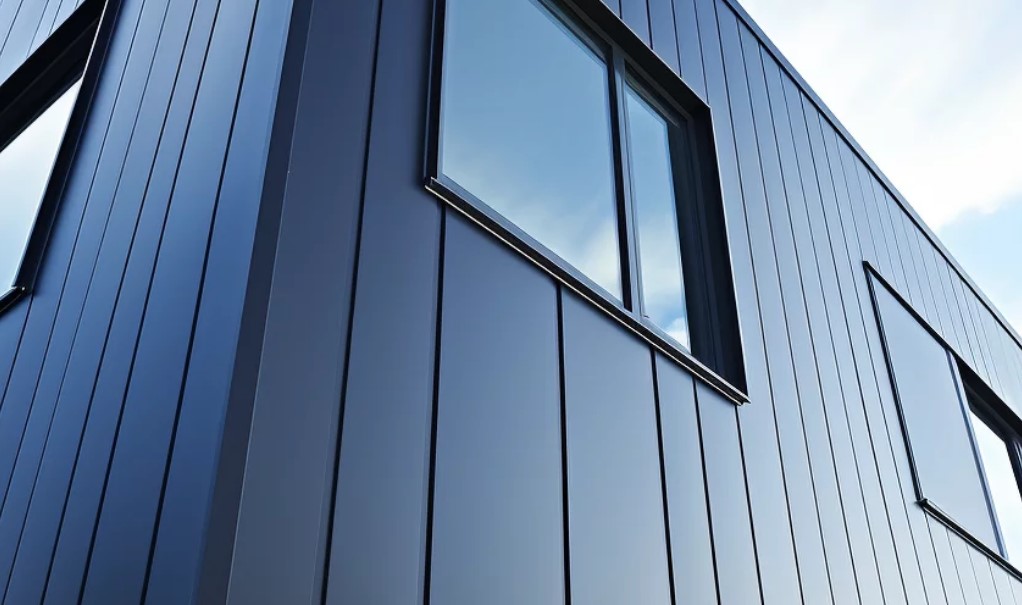
Routine cleaning is one of the easiest and most effective ways to maintain aluminum siding. Over time, dirt, grime, and airborne pollutants can build up on your siding, affecting its overall appearance and potentially leading to damage. Fortunately, cleaning aluminum siding is straightforward and doesn’t require specialized equipment or chemicals.
How to Clean Aluminum Siding
Maintaining the cleanliness of your aluminum siding is crucial for keeping your home looking fresh and ensuring the longevity of the material. Over time, dirt, dust, pollen, and environmental pollutants can build up on the surface of your siding, making it appear dull and worn. Fortunately, cleaning aluminum siding is a relatively simple process that can be done using a few basic tools and cleaning supplies.
Here’s a step-by-step guide on how to clean your aluminum siding effectively and safely:
1. Prepare Your Tools and Cleaning Solutions
Before you begin cleaning, gather all the necessary tools. You’ll need:
- A hose with a spray nozzle or a pressure washer (on a low setting)
- A soft-bristled brush or sponge
- A bucket of warm water
- Mild dish soap or an all-purpose cleaner (you can also use specialized aluminum siding cleaners)
- White vinegar (optional, for stubborn stains)
- A ladder (if needed for higher areas)
- Protective gloves (optional)
For typical dirt and grime, a mixture of warm water and mild dish soap will suffice. For tougher stains or mildew, a mixture of water and white vinegar can work wonders.
2. Rinse the Siding
Start by rinsing the surface of the siding with a hose or pressure washer on a low-pressure setting. This will help remove loose dirt, leaves, and other debris before applying any cleaning solution. When using a pressure washer, keep the nozzle at least 3 feet away from the siding to avoid causing any damage to the surface.
3. Apply the Cleaning Solution
Next, fill your bucket with warm water and add a small amount of mild dish soap or an all-purpose cleaner. If you’re dealing with mold, mildew, or stubborn stains, mix a solution of one part white vinegar and one part water. Dip your soft-bristled brush or sponge into the cleaning solution, and gently scrub the surface of the aluminum siding. Work from the bottom of the wall upwards to prevent streaks and ensure an even clean.
4. Scrub Gently
Use the brush or sponge to scrub away any dirt, mold, or stains. Be gentle to avoid scratching the aluminum surface. Focus on any particularly grimy areas, and for areas with mildew or algae, apply a bit more cleaning solution and let it sit for a few minutes before scrubbing.
5. Rinse Thoroughly
After scrubbing, rinse the siding with clean water to wash away any soap or cleaning residue. Be sure to rinse thoroughly to ensure there is no leftover cleaning solution on the surface, as this could lead to streaks or a dull finish.
6. Inspect and Touch Up
Once the siding is clean and dry, inspect it for any signs of damage, rust, or oxidation. If needed, touch up areas where the paint may have worn off or apply a protective coating to prevent future damage.
Cleaning aluminum siding is an easy yet essential task for maintaining its appearance and extending its lifespan. By following these steps and keeping up with regular cleaning, your aluminum siding will stay looking great for years.
Regular Inspections
Besides cleaning, performing routine inspections of your aluminum siding is essential to identify any early signs of damage or wear. Small issues can quickly become larger problems if not addressed promptly. Be sure to inspect your siding for the following:
- Dents or Scratches: These can occur from impacts or wear and tear over time. While aluminum is generally durable, it is not immune to physical damage. If left untreated, dents or scratches can cause moisture to seep into the surface, leading to oxidation.
- Rust and Oxidation: While aluminum does not rust in the same way that steel or iron does, it can develop a white, chalky oxidation film that detracts from its appearance. This oxidation is often caused by prolonged exposure to moisture and humidity.
- Gaps or Cracks: Over time, the panels of your aluminum siding may begin to warp or separate. These gaps allow water and pests to enter, potentially causing damage to your home’s underlying structure.
- Caulking or Sealant: Check the caulking around windows, doors, and joints to ensure it is still intact. Cracked or missing caulk can let water seep into the walls, leading to mold or wood rot.
Performing a thorough inspection every 6-12 months will help you identify potential issues before they become significant problems.
Preventing and Treating Rust on Aluminum Siding

While aluminum doesn’t rust in the traditional sense, it can corrode or develop stains when exposed to the elements over time. One of the most important aspects of aluminum siding maintenance is rust and oxidation prevention. Rust can occur in areas where the paint or protective coating has worn down or in areas where moisture can collect.
Preventing Rust
The best way to prevent rust or corrosion is through regular cleaning and maintaining the protective enamel coating on the aluminum surface. If you notice any areas where the paint has worn thin, it’s essential to touch them up with a rust-resistant paint or enamel to maintain protection.
Using a Protective Coating
Many experts recommend applying a protective enamel coating to your aluminum siding every few years. These coatings not only preserve the paint but also provide an additional layer of protection from moisture and environmental pollutants. High-quality products like Rust-Oleum® Protective Enamel are specifically designed to seal out moisture and prevent oxidation, which is crucial for long-term maintenance.
Treating Rust or Oxidation Spots
If you find that your siding has developed rust spots or has begun to show signs of oxidation, you can easily treat these areas. For small rust spots, use a soft wire brush to remove the rust. Once the affected area is clean, wash the surface with a mild detergent to remove any residue, then let it dry. Afterward, apply a rust-removal solution, such as Krud Kutter® Rust Remover, to further eliminate the rust and prevent it from returning.
If the oxidation is widespread, you may need to apply a fresh coat of rust-resistant enamel or paint to restore the protective coating.
Repainting Aluminum Siding
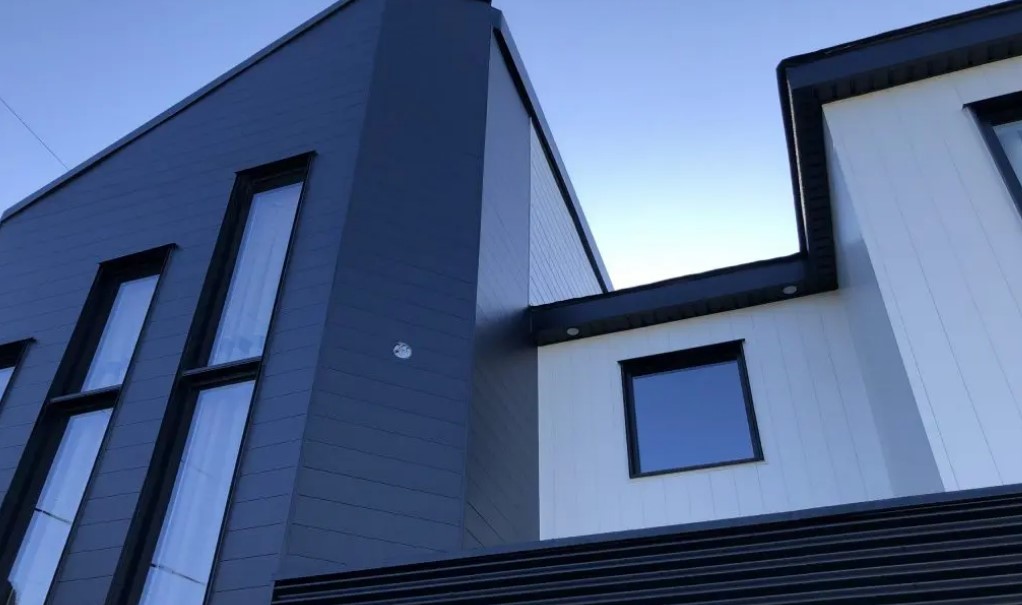
Aluminum siding is typically painted to enhance its appearance and protect the material from the elements. However, over time, the paint can fade, chip, or peel. Repainting your aluminum siding helps to maintain its curb appeal and protect it from damage. Here are some tips for repainting your siding.
When to Repaint Aluminum Siding
You should consider repainting your aluminum siding when the paint shows visible signs of wear, such as:
- Fading: Exposure to UV rays from the sun can cause paint to lose its vibrancy over time, especially if the siding faces a direction that receives direct sunlight.
- Peeling or Chipping: Paint may begin to peel or chip off due to moisture exposure, temperature fluctuations, or improper application.
- Oxidation or Rust: If the siding has developed noticeable oxidation or rust spots, it’s time for a new coat of paint.
Typically, aluminum siding needs repainting every 5 to 10 years, depending on factors like climate and how much direct sun exposure the siding gets.
How to Repaint Aluminum Siding
Repainting aluminum siding requires several steps to ensure a long-lasting, professional finish:
- Preparation: Start by cleaning the siding thoroughly to remove dirt and grime. If there are areas with peeling paint, use a wire brush or scraper to remove the loose paint.
- Priming: After cleaning and prepping the surface, apply a primer that is specifically formulated for metal surfaces. Priming helps the paint adhere to the aluminum and improves the durability of the finish.
- Painting: Once the primer has dried, apply an exterior-grade paint designed for metal surfaces. Use a paint sprayer or roller to ensure an even coat. Depending on the paint, you may need to apply multiple coats for full coverage.
- Drying and Curing: Allow the paint to dry completely before touching or exposing it to the elements. Follow the manufacturer’s instructions for curing time to ensure the paint bonds properly.
Aluminum Siding Maintenance Products
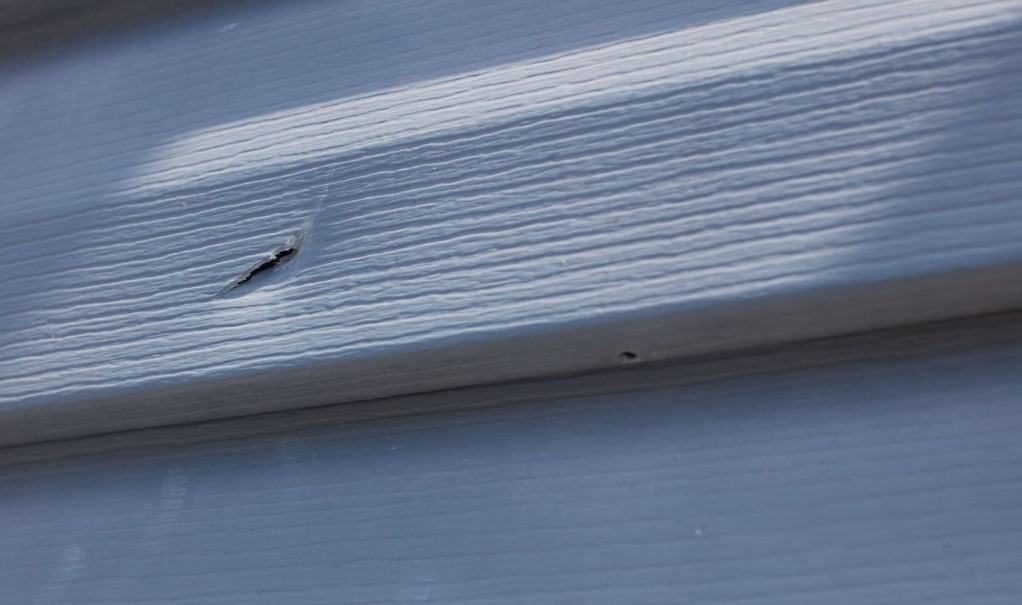
To keep your aluminum siding in excellent condition, several products can help with cleaning, rust prevention, and touch-ups. Below are three of the best products available for aluminum siding maintenance:
1. Rust-Oleum® Protective Enamel
Rust-Oleum® Protective Enamel is a top-rated enamel that helps protect aluminum siding from moisture, rust, and corrosion. Its protective barrier helps maintain the paint’s appearance and extends the life of your siding by preventing oxidation.
Pros:
- Durable and long-lasting protection
- Ideal for aluminum surfaces
- Dries quickly and is available in various colors
Cons:
- Needs reapplication every few years
Price: Approximately $10-$15 per quart.
2. Krud Kutter® Rust Remover
Krud Kutter® Rust Remover is a powerful rust remover that is safe for use on aluminum siding. It works by breaking down rust and removing it from the surface without damaging the metal.
Pros:
- Fast and effective at removing rust
- Safe for aluminum and other metals
- Works on various surfaces, including siding, gutters, and outdoor furniture
Cons:
- May require several applications for extensive rust buildup
Price: Around $8-$12 per bottle.
3. Simple Green® All-Purpose Cleaner
Simple Green® All-Purpose Cleaner is a non-toxic, biodegradable cleaner that works well for general cleaning of aluminum siding. It’s effective at removing dirt, stains, and mildew without the use of harsh chemicals.
Pros:
- Safe for the environment and non-toxic
- Versatile—works on various surfaces beyond siding
- No harsh fumes
Cons:
- May require extra scrubbing for tougher stains
Price: Typically $6-$10 per bottle.
Conclusion
Proper aluminum siding maintenance is essential for protecting your home’s exterior and ensuring its longevity. By regularly cleaning the siding, addressing any rust or oxidation, and repainting when necessary, you can keep your siding looking great for many years to come. Additionally, products like Rust-Oleum® Protective Enamel, Krud Kutter® Rust Remover, and Simple Green® All-Purpose Cleaner provide excellent solutions to maintain and protect your siding.
By following these maintenance tips and using the recommended products, you’ll not only preserve the beauty of your home’s exterior but also save money on costly repairs or replacements.
FAQs
Q1: How often should I clean my aluminum siding?
A1: Cleaning your aluminum siding once or twice a year is typically sufficient to maintain its appearance. In areas with higher pollution or environmental contaminants, you may need to clean it more frequently.
Q2: Can I remove rust from my aluminum siding?
A2: Yes, rust or oxidation can be removed using products like Krud Kutter® Rust Remover. Regular maintenance can also prevent rust buildup in the first place.
Q3: How do I know when it’s time to repaint my aluminum siding?
A3: You should consider repainting your aluminum siding when the paint begins to fade, peel, or chip. This can happen every 5-10 years, depending on exposure to the elements and overall maintenance.

